Last week’s “WW #128“ is a southwesterly-looking overview of Marsh Hill yard with a wealth of detail for the modeler. The coaling tower and water tank can be seen to the right, and the top of Marsh Hill station is visible above the hoppers in the distance at the other end of the yard. An access road crosses all of the yard tracks in the foreground, and a switchmans’ or crossing guard shanty is to the left. A high-target switchstand also guards the yard throat.
Talky Tuesday #85
S&NY 2-8-0 #118 poses outside the Newberry enginehouse in last week’s “WW #127”. #118 was built by Schenectady for the NYC in 1903, and was purchased by the S&NY in 1926. This engine was reportedly the heaviest on the road, and was used mostly out of West Williamsport/Newberry with a rating of 2200 tons Newberry to Marsh Hill Junction. #118 was sold to a steel mill in Ohio after abandonment, where it was probably scrapped.
Talky Tuesday #84
Last week’s “WW #126” is a shot of a derelict passenger car acting as a shed at Marsh Hill yard. The end of the elevated track supplying the Marsh Hill coal dock can be seen to the left. This car was is ancient even for the late 1930’s. The duckbill roof superseded the monitor-type roof in the 1870’s, and was used by the PRR into the 1890’s. I am unsure of the provenance of this car, however, and it’s state of decrepitude may make that impossible.
Scenery Update 8-17
Made a decision back in May to try to make a major leap forward toward getting more scenery completed on the model S&NY. Knowing that scenery creation requires 50 square feet of mess, whether one is doing 1 square foot or 30 square feet of scenery, I figured I may as well take a big bite of it.
Also, each section I wanted to complete contained at least one bridge for a total of 3. Lifting even one bridge would take the railroad out of commission for op sessions, and doing things all at once would minimize the disruption.
That was the plan, anyway…
Bridges out:
Next, lots of cardboard webbing. A hot glue gun, clothes pins, and a heavy rubber glove help things go relatively quickly. I spent just as much time cogitating on how the landforms should look as actually gluing cardboard:
In the center of above photo, you can see I also fabricated a stream bottom and rough bank edges using foam and a hot-wire cutter. I felt this corner of the railroad would also need more lighting, especially once the trees were in place (I’ve found that dark green tree-covered hillsides tend to suck up a LOT of light), so I installed an additional 2-foot LED fixture back there.
Next came plaster bandages over the cardboard. The green foam is where rock castings will be affixed:
Then, I slopped flat black latex paint over the larger areas I knew would be covered with puffball trees:
The track in the above photo gets reeeeal close to the backdrop on the left, so I used rubber rocks from Cripplebush (http://cripplebush.net) hot-glued directly to the backdrop. Not sure I like the rectangular look of the rock wall, and I may peel it off and cut it to alter the shape a bit. I plan a farm scene with a typical Pennsylvania bank barn in the left foreground, and I made a foundation for the scene out of gatorboard which was hot-glued in place.
The black paint gives the mountainsides a “Mountains of Mordor” look, but that will be all covered up by trees. Eventually.
Also fabricated a new smooth stream base at this location from 0.060 styrene sheet, since the foam underneath was kind of chopped up. Trying to get the foam smooth with spackle was going to be a losing proposition.
Next is to start placing all the rock outcrops at the various cuts and other places.
Anyway, that where things stand now. I’m not using any amazing new or innovative techniques, and I may have bitten off just a bit more than I can chew with this much scenery at once, as it is certainly taking much longer to make progress than I anticipated. The scenes are also much, much deeper than I would ever build again; but hindsight is always 20/20, they say. The scenes should photograph well, once done, though.
Talky Tuesday #83
Last week’s “WW #125” is a shot of derelict Masten station. Thanks to the sharp eyes of reader Chris C., who was able to decipher the grainy station sign letters.
The last log passed through the sawmill at Masten on 18 September 1930. However, it took three more years before all the stockpiled cut lumber was sold and shipped out. A CCC camp was located here, but was closed in 1940. Per Taber’s book, the last family, Otto Robbins and his wife, moved away in 1941. I am unsure when the agent/operator was no longer needed by the S&NY and the station abandoned, but I imagine it would have been shortly after the CCC camp closed.
Talky Tuesday #82
Last week’s “WW #124” is a shot of bridge somewhere along the SNY right-of-way. No idea of the location, and the construction looks a little “sketchy” from this angle, to say the least. Timeframe appears to be high summer. Hopefully the photographer avoided any snakes lurking in those rocks…
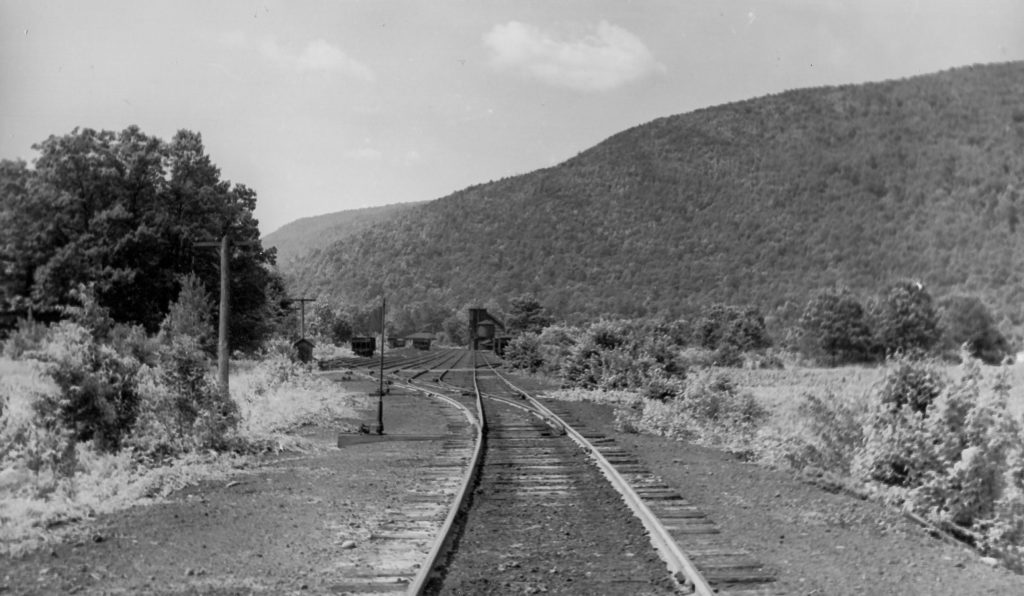
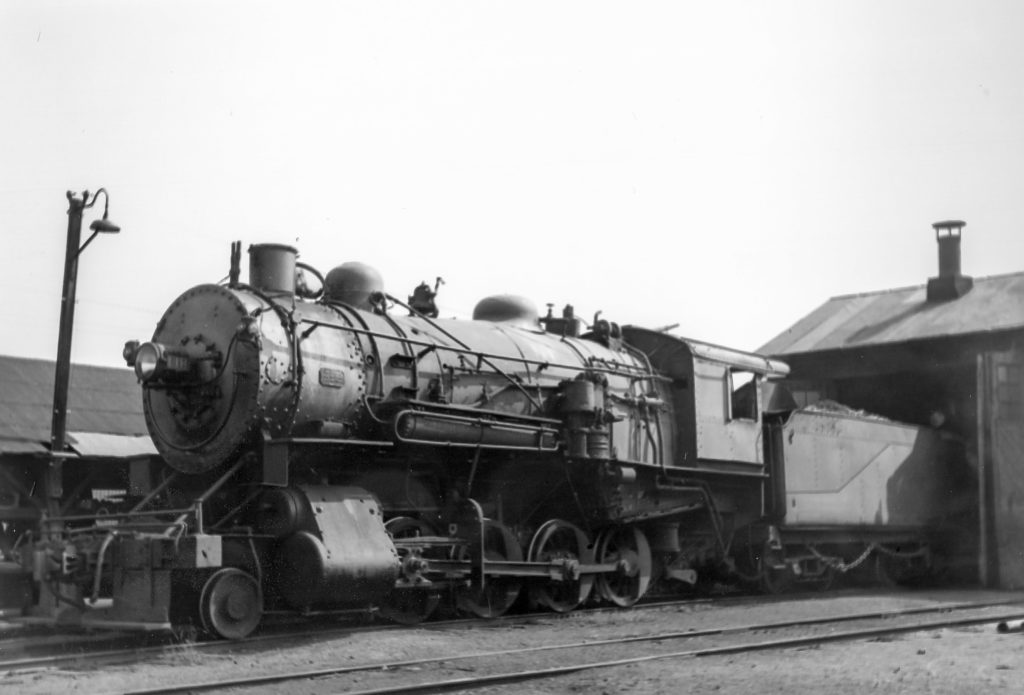
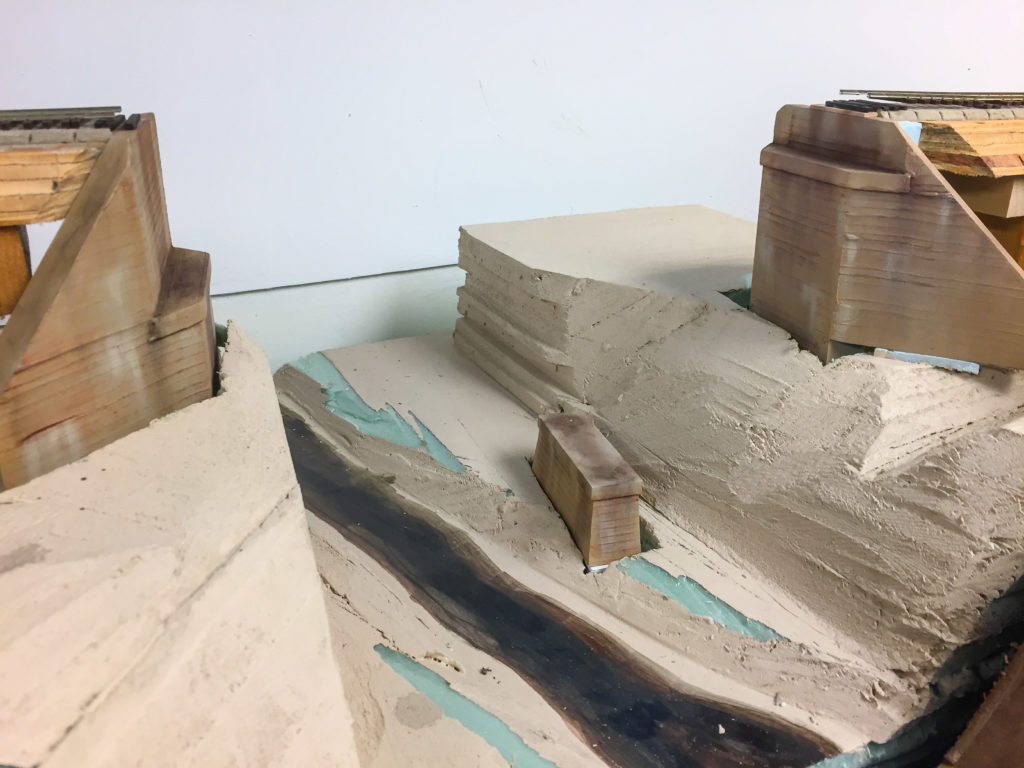
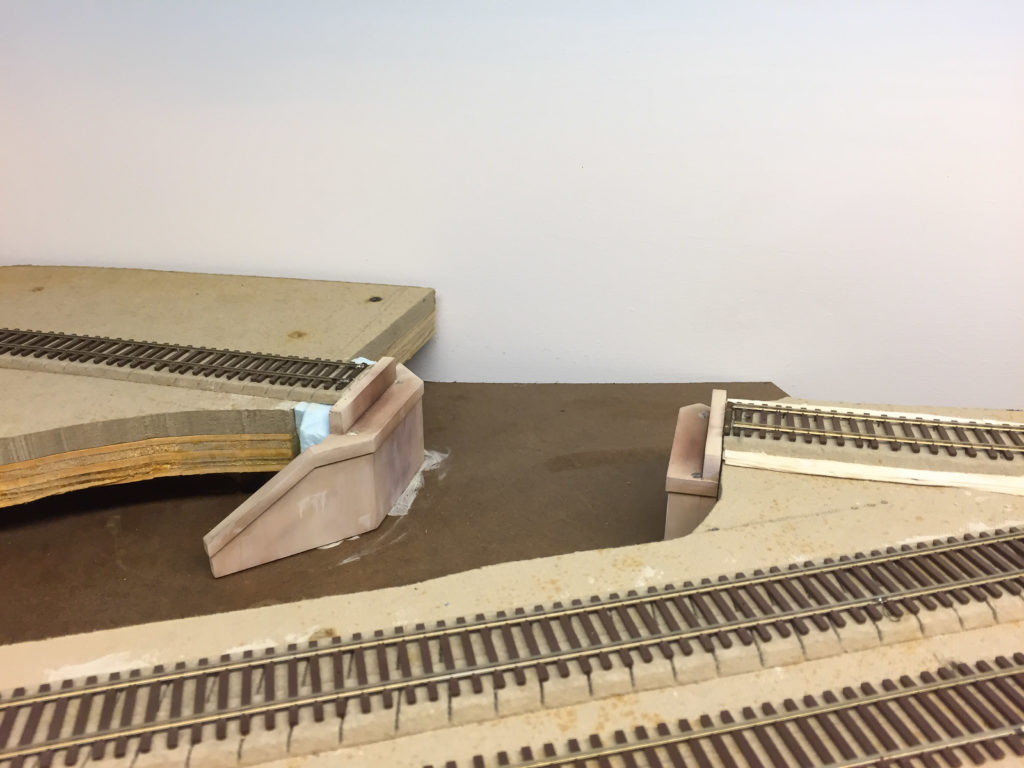
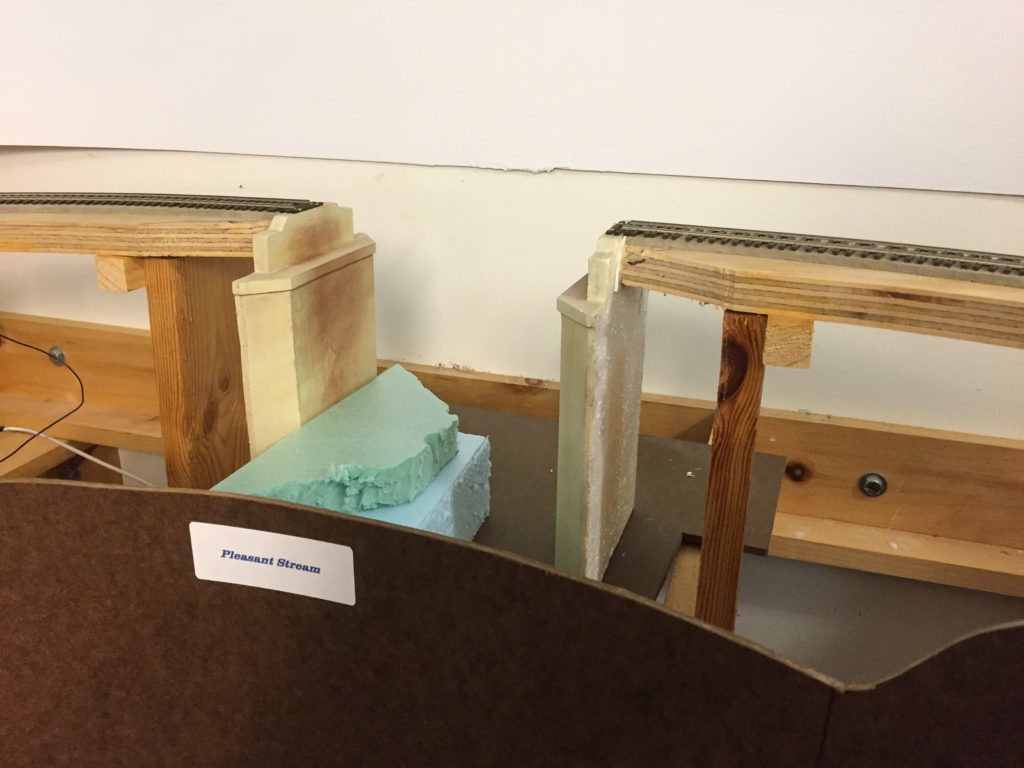
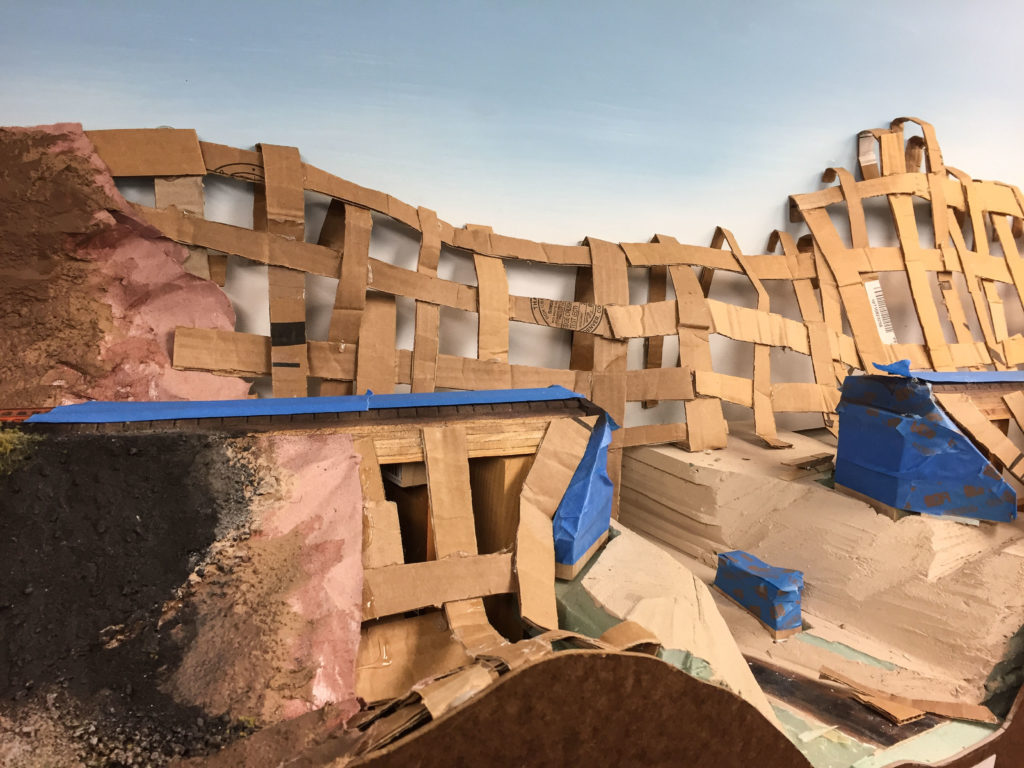
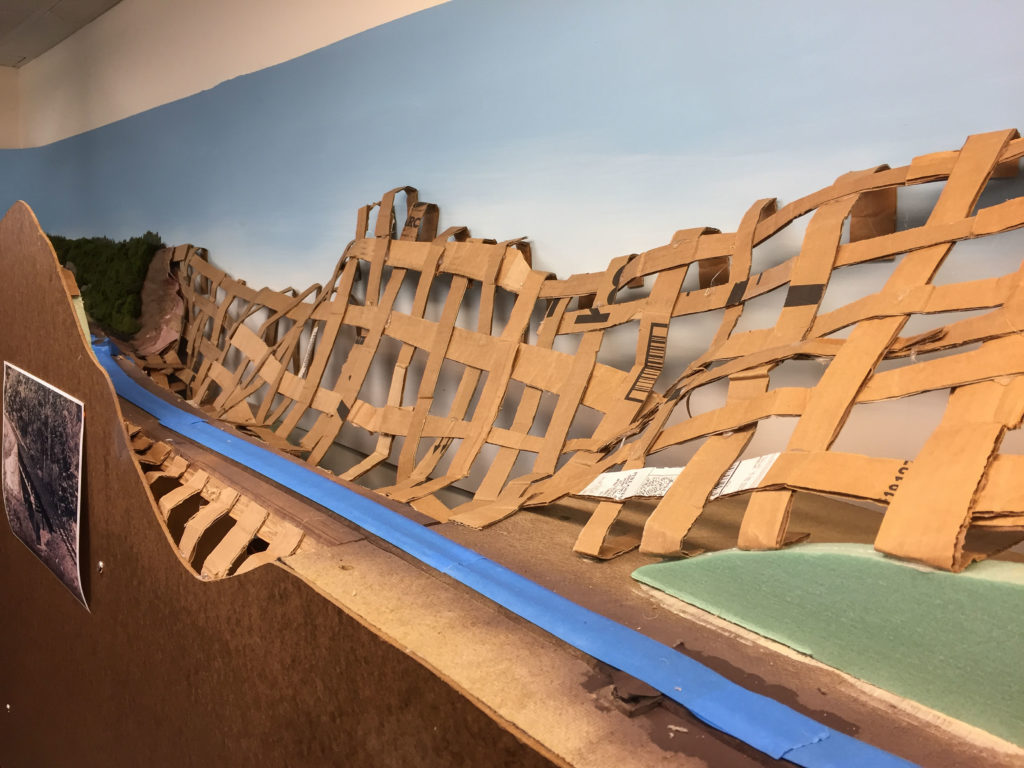

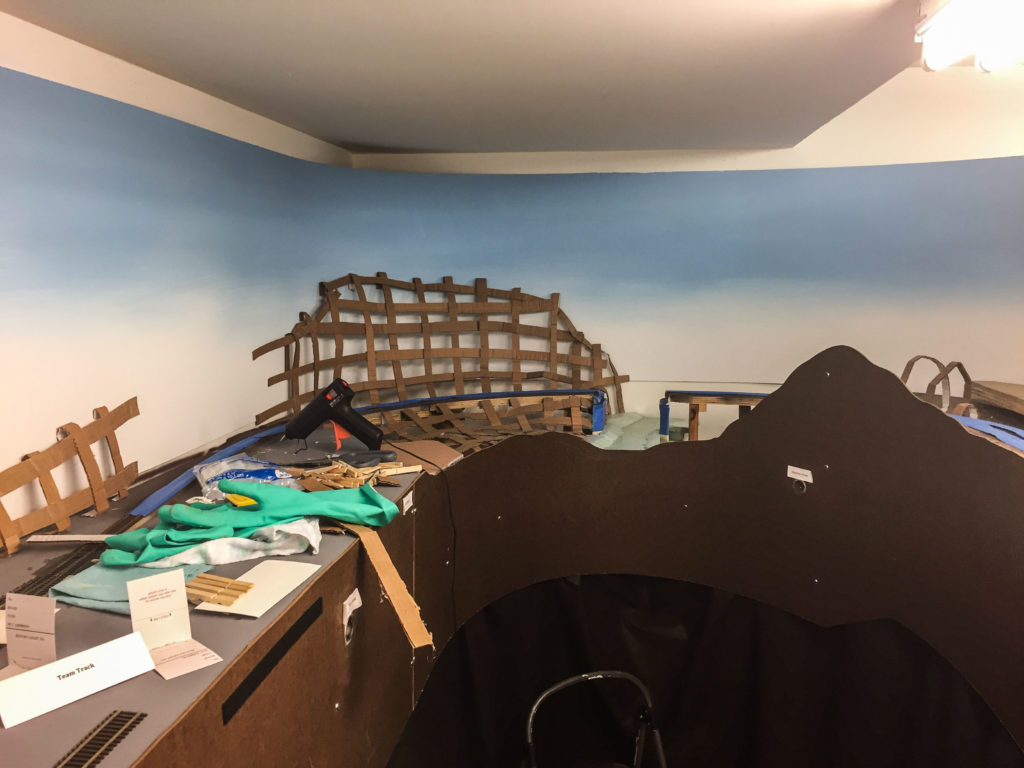
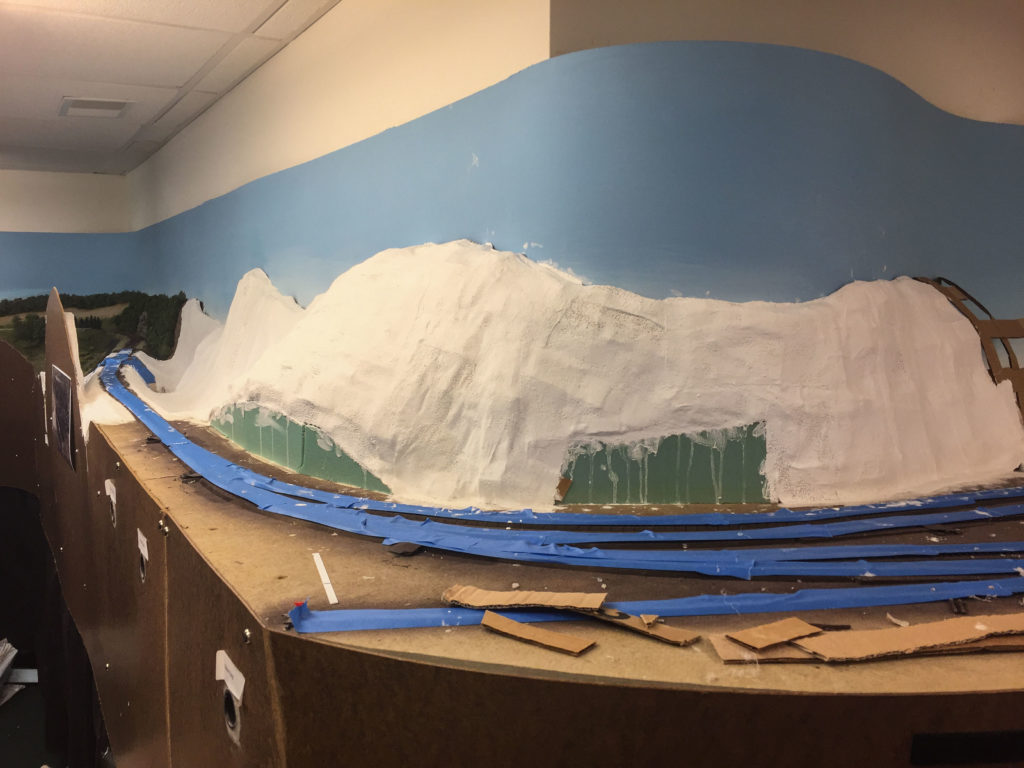
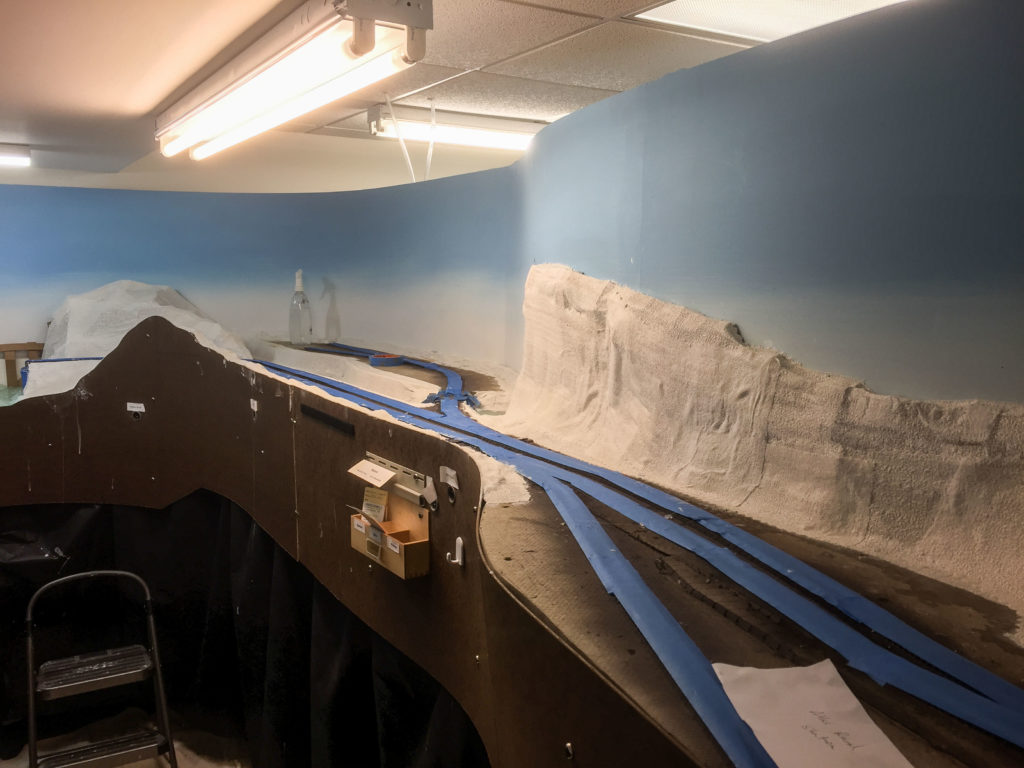
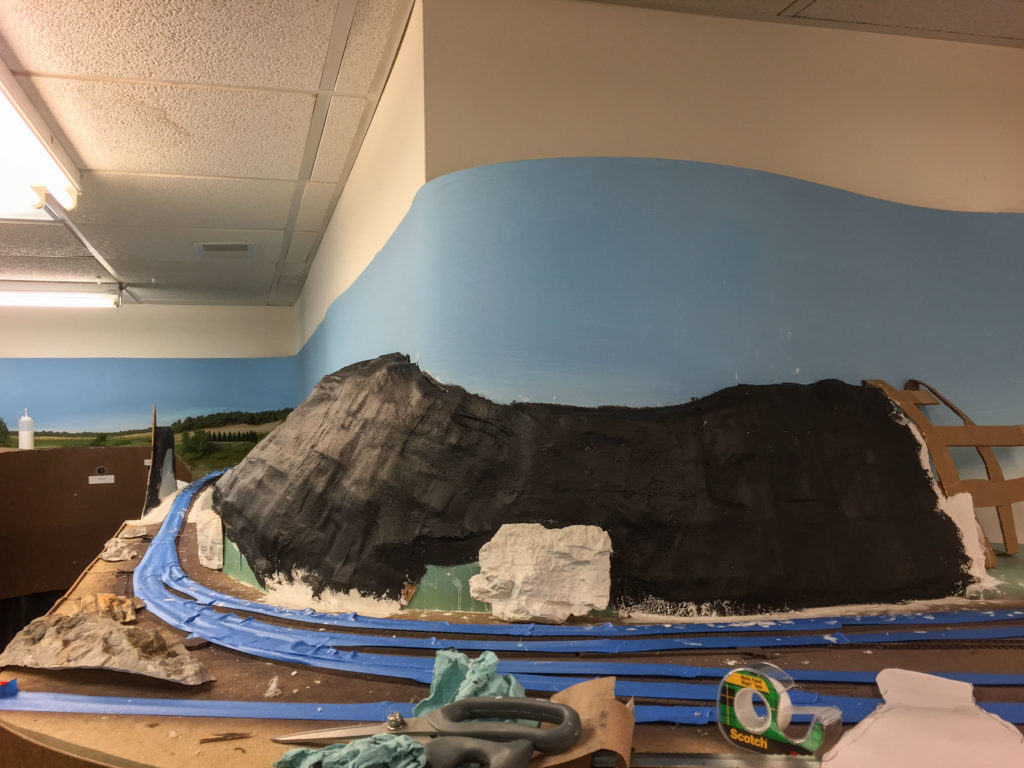
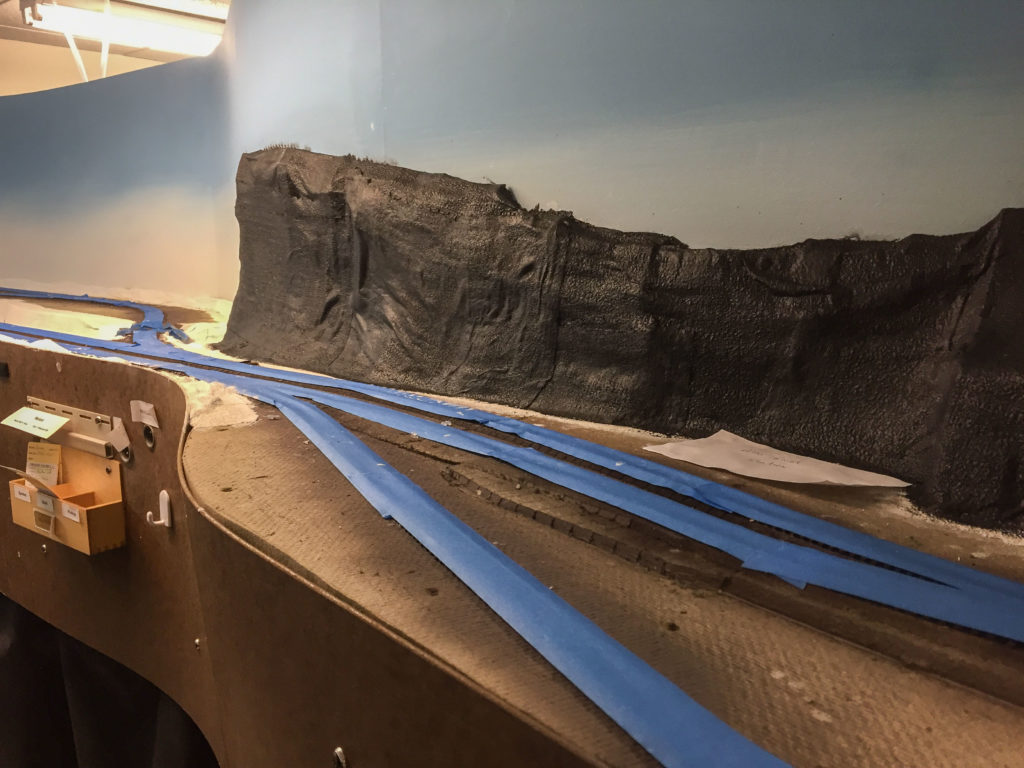
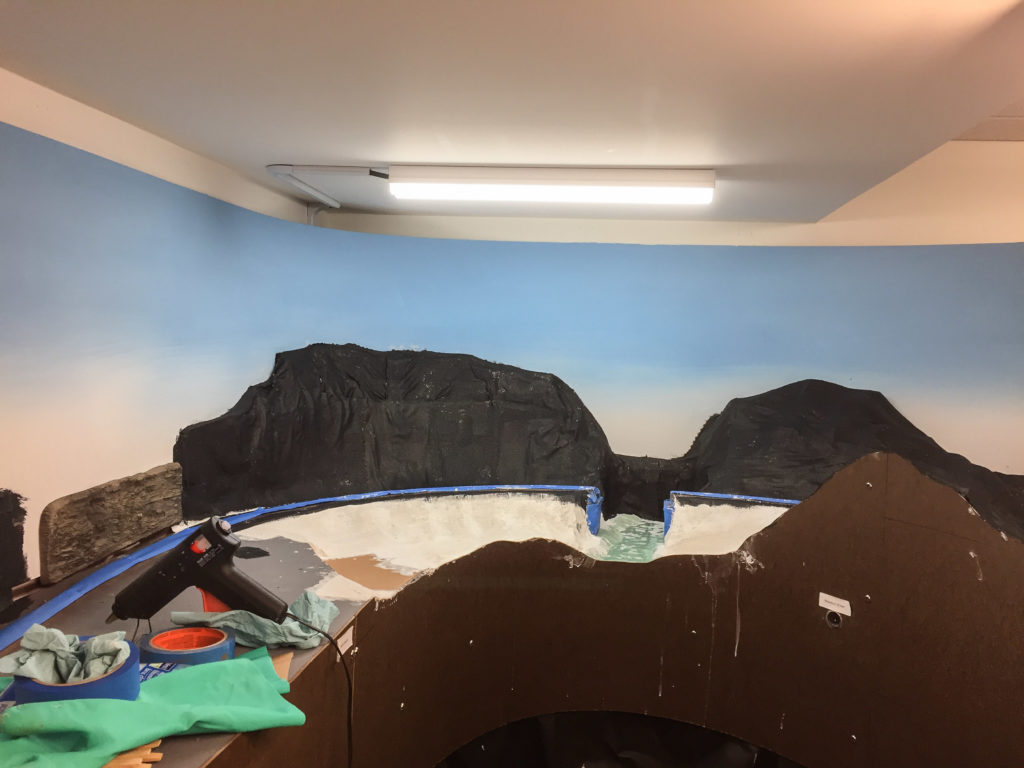
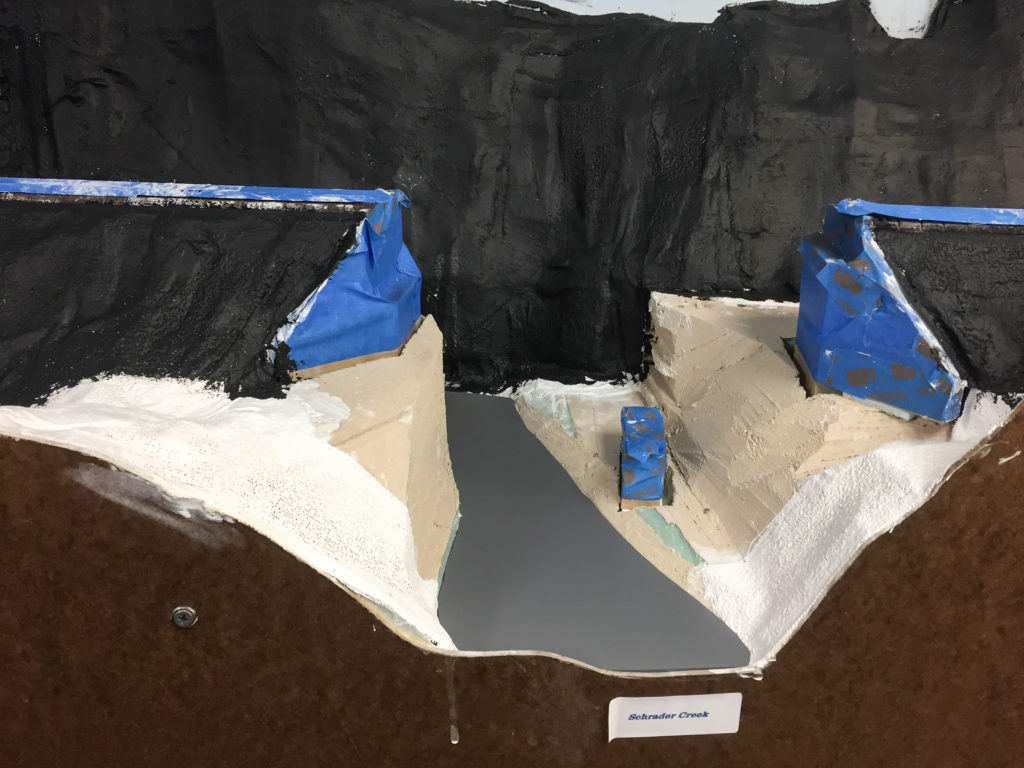
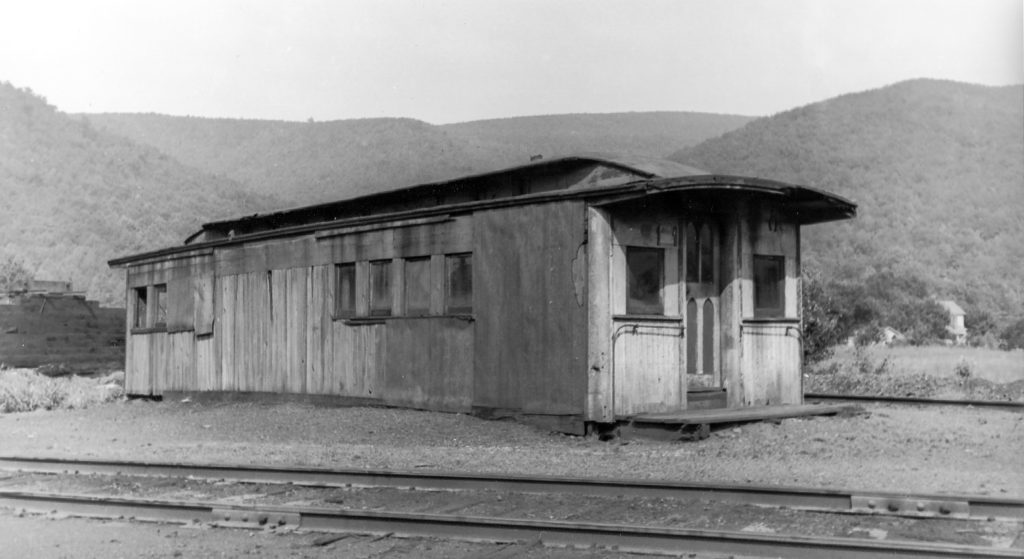
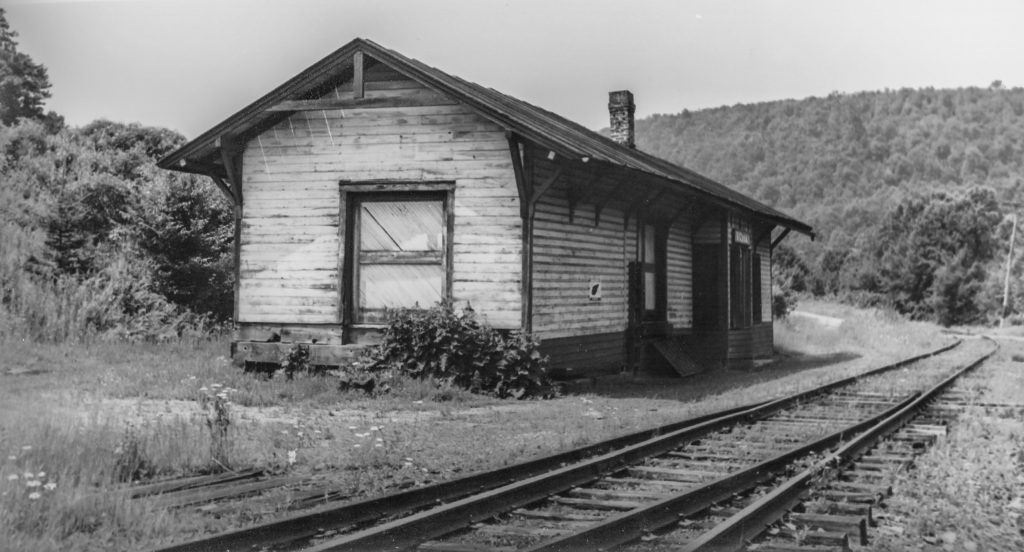
Recent Comments